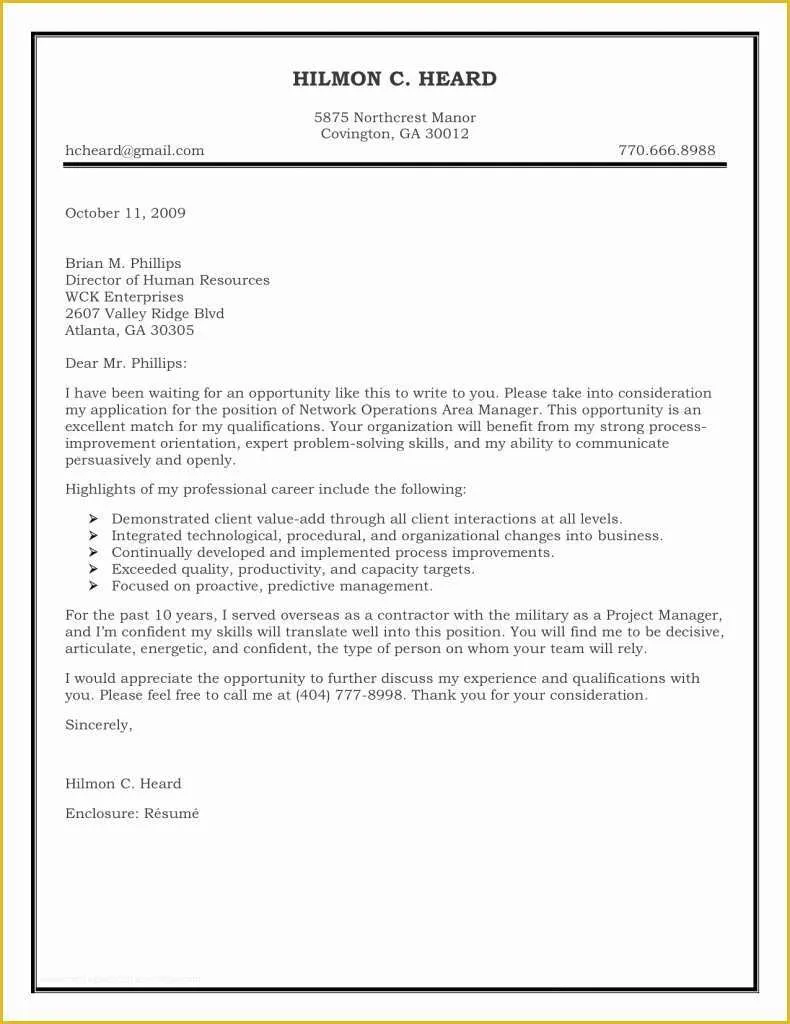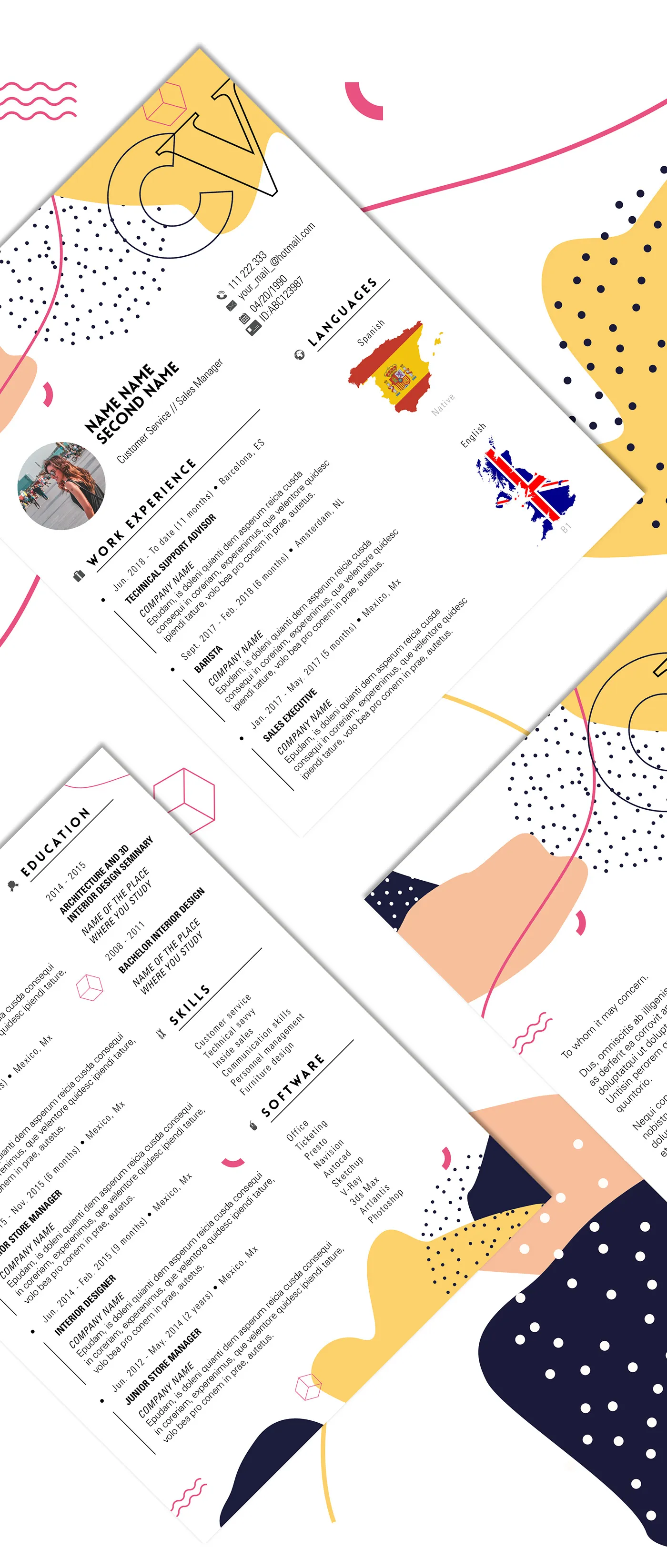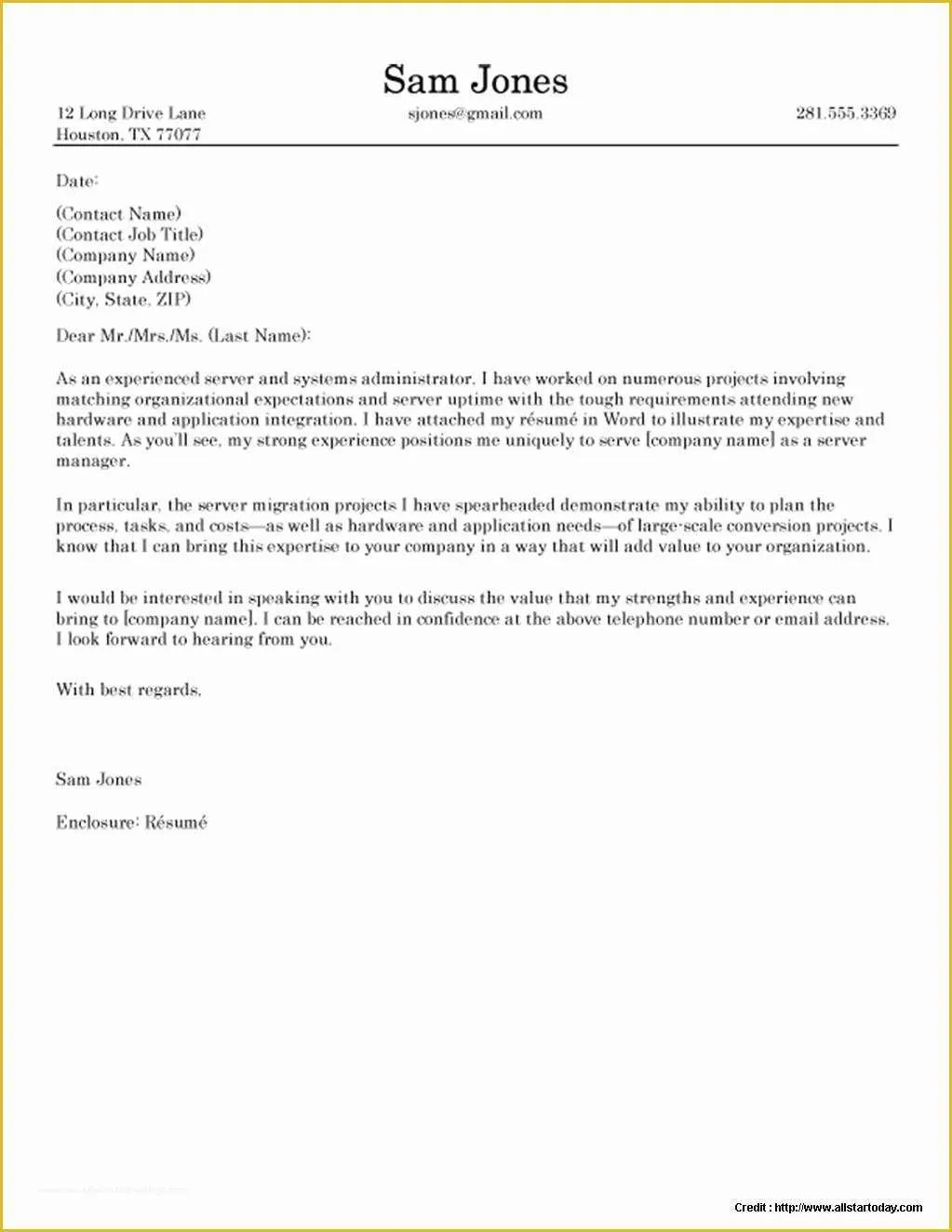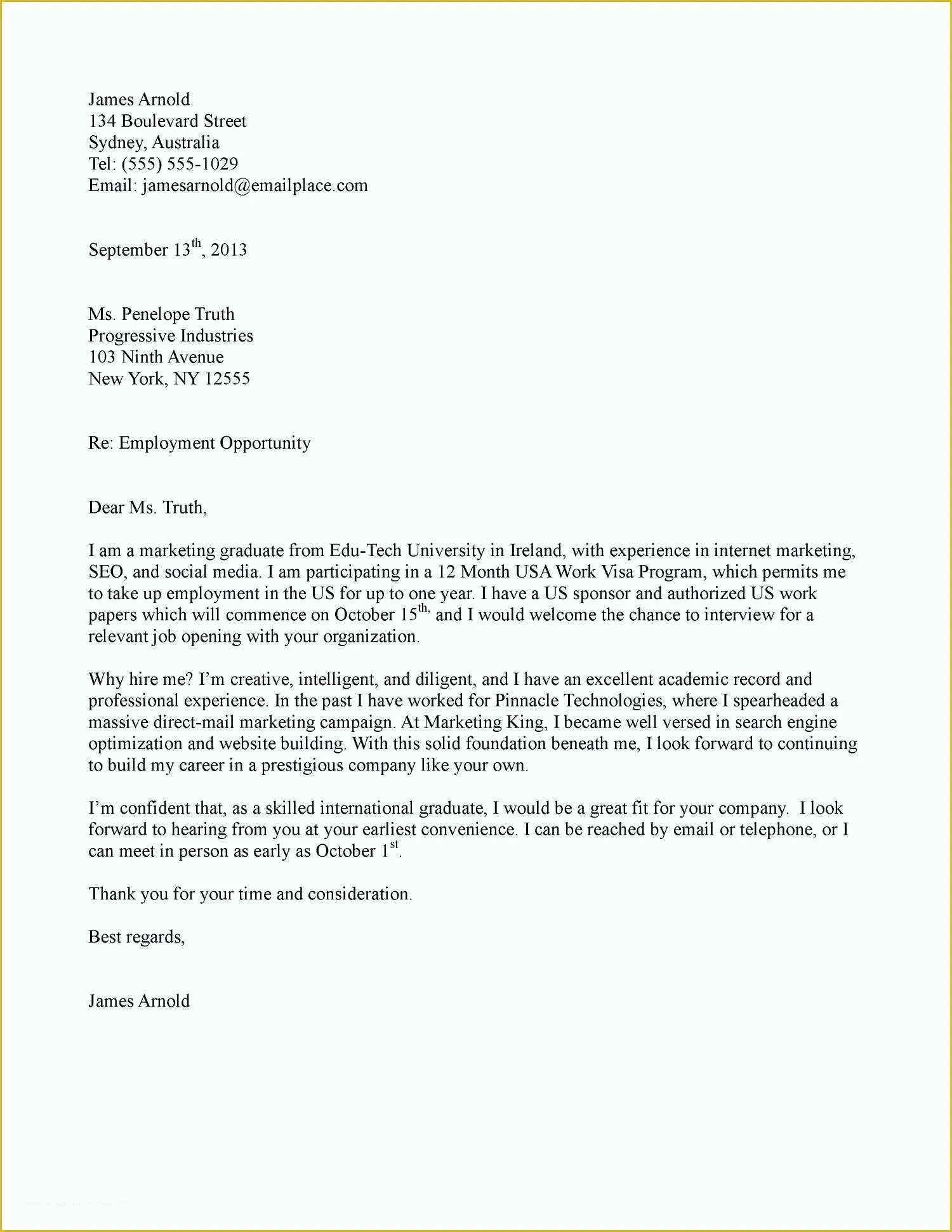What is a Cover Letter
A cover letter is a crucial document that accompanies your resume when applying for a job. It serves as a personal introduction, allowing you to expand on the information presented in your resume and highlight your qualifications and interest in the specific position. Unlike a resume, which provides a concise summary of your skills and experience, a cover letter offers an opportunity to showcase your personality, writing skills, and enthusiasm for the role and the company. It’s your chance to make a strong first impression and persuade the hiring manager to read your resume with interest.
Why You Need a Cover Letter
While your resume provides a snapshot of your professional history, a cover letter allows you to paint a more complete picture. It enables you to explain your career goals, demonstrate your understanding of the company and the role, and articulate why you are the ideal candidate. Many employers consider a cover letter essential, as it reveals your communication skills and attention to detail. Submitting a well-crafted cover letter can significantly increase your chances of landing an interview. It helps you stand out from other applicants who might only submit a resume, showing that you’re willing to put in extra effort and are genuinely interested in the opportunity.
Essential Elements of a Cover Letter

A compelling cover letter consists of several key elements, each contributing to its overall effectiveness. These elements work together to create a persuasive and professional document. The most successful cover letters are tailored to the specific job and company, demonstrating the applicant’s genuine interest and relevant qualifications. Proper formatting, clear language, and a positive tone are also essential for making a strong impression and encouraging the reader to consider your application further.
Contact Information
Begin your cover letter with your contact information. Include your full name, address, phone number, and email address. This should be placed at the top of the document, usually aligned to the left or right. Ensure your contact information is accurate and up-to-date, so the employer can easily reach you. Consider including a link to your LinkedIn profile for recruiters to learn more about you.
Professional Greeting
Address the hiring manager or recruiter by name whenever possible. Research the company’s website or LinkedIn to find the name of the person who will be reviewing your application. If you can’t find a specific name, use a professional greeting such as “Dear Hiring Manager” or “Dear [Department Name] Hiring Team.” Avoid generic greetings like “To Whom It May Concern,” as they can make your letter seem impersonal. Personalizing your greeting shows that you’ve done your research and are genuinely interested in the opportunity.
Opening Paragraph

Start with a strong opening paragraph that grabs the reader’s attention. State the position you’re applying for and where you found the job posting. Briefly mention your most relevant qualifications or skills. The opening paragraph sets the tone for the rest of your letter, so make it concise, engaging, and focused on the employer’s needs. Clearly state your intention to apply for the position and express your enthusiasm for the opportunity. Consider mentioning a specific aspect of the company or role that excites you to show your interest.
Highlighting Your Skills and Experience
In the body of your cover letter, highlight the skills and experience that align with the job requirements. Provide specific examples of your accomplishments and how they demonstrate your ability to excel in the role. Use the STAR method (Situation, Task, Action, Result) to describe your experiences and quantify your achievements whenever possible. Tailor this section to the specific job description, emphasizing the skills and experiences that are most relevant to the position. Demonstrate how your skills and experiences translate into value for the company.
Tailoring Your Cover Letter to the Job
One of the most critical aspects of a successful cover letter is tailoring it to each job application. Avoid using a generic cover letter for all positions. Carefully review the job description and identify the key requirements and keywords. Customize your letter to address those specific requirements, highlighting the skills and experiences that are most relevant. Research the company and mention specific aspects that resonate with you. Demonstrating your understanding of the company’s values and goals will show that you’ve done your research and are genuinely interested in the opportunity.
Closing Paragraph

Conclude your cover letter with a strong closing paragraph. Restate your interest in the position and thank the hiring manager for their time and consideration. Reiterate your most relevant qualifications and express your enthusiasm for the opportunity. Include a call to action, such as inviting the hiring manager to contact you for an interview. Maintain a professional tone and keep the closing concise and impactful. Make sure your closing paragraph leaves a positive and lasting impression on the reader.
Expressing Enthusiasm and Call to Action
Throughout your cover letter, express your enthusiasm for the role and the company. Show genuine interest in the opportunity by mentioning specific aspects of the job that appeal to you. End your letter with a clear call to action, such as requesting an interview or offering to provide additional information. A strong call to action encourages the hiring manager to take the next step and consider your application further. Demonstrate your proactive approach and your willingness to contribute to the company.
Using a FREE Cover Letter Template
Utilizing a free cover letter template is an excellent way to save time and ensure your document looks professional. Many websites offer a variety of templates, often in different formats like Word, Google Docs, or PDF, to fit your needs. These templates provide a pre-designed structure, allowing you to focus on the content. Remember to personalize the template to reflect your unique qualifications and the specific job you are applying for. Free templates are readily available online, offering a cost-effective way to create a polished cover letter without the need for design skills. Finding a template that matches your style and the tone of your application can greatly streamline the writing process, so you can concentrate on conveying your skills and experience.
Choosing the Right Template

When selecting a free cover letter template, consider the format, layout, and design. Choose a template that is clean, easy to read, and professional. The template should complement your resume and reflect the industry and role you’re applying for. If you are applying for a creative position, you might choose a template with a more modern design. For more formal roles, opt for a classic, straightforward layout. Ensure the template allows you to effectively showcase your skills and experience. Many templates are available in various formats like Microsoft Word or Google Docs, allowing for easy customization.
Customizing Your Template
After selecting a template, it’s essential to customize it to reflect your unique qualifications and the specific job you are applying for. Replace the placeholder text with your information, tailoring the content to align with the job description and company requirements. Modify the sections to highlight your relevant skills, experience, and accomplishments. Personalize the letter to demonstrate your understanding of the role and your genuine interest in the company. Customization is critical to show that you’ve put thought and effort into your application. Use the template as a framework and add your personal touch to make your cover letter stand out.
Formatting and Style
Pay close attention to the formatting and style of your cover letter. Use a professional font like Times New Roman, Arial, or Calibri, with a font size between 10 and 12 points. Ensure consistent formatting throughout the document, including margins, spacing, and paragraph alignment. Use clear and concise language, avoiding jargon or overly complex sentences. Maintain a formal tone and proofread your letter carefully to catch any grammatical errors or typos. Proper formatting and a professional style will enhance the readability and overall impact of your cover letter.
Proofreading Your Cover Letter

Proofreading is a critical step in the cover letter writing process. Before submitting your application, carefully review your letter for any errors in grammar, spelling, and punctuation. Read it aloud to catch any awkward phrasing or unclear sentences. Ask a friend or colleague to proofread your letter for a fresh perspective. Errors can undermine your credibility and give the impression that you lack attention to detail. A well-proofread cover letter demonstrates your professionalism and attention to detail, increasing your chances of making a positive impression on the hiring manager.
